3 Effective Ways to Check Your TV Refresh Rate: LG, Sony & Samsung
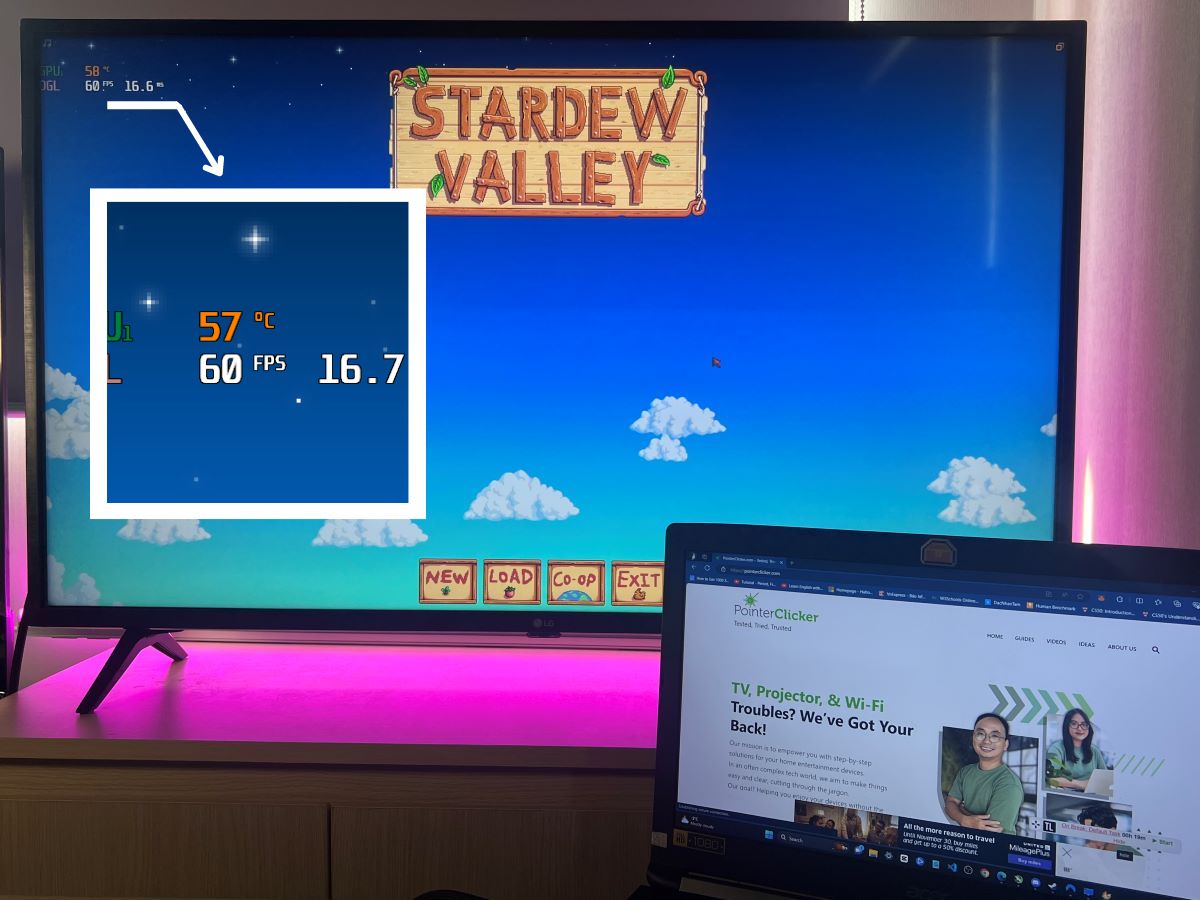
What To Know
- Connect your TV to a computer using HDMI, change to Extend display settings, and check the advanced display settings for the maximum supported refresh rate.
- Look up your TV model on the manufacturer’s website for detailed specifications, including the refresh rate.
- Check for HDMI ports on your TV labeled with specifications like ‘4K@120Hz,’ indicating the supported refresh rate at a given resolution.
In this article, I will guide you through several effective methods to determine the refresh rate of your TV.
Whether you own an LG, Sony, or Samsung TV, understanding its refresh rate is key to optimizing your viewing experience.
We’ll explore how to check this by connecting your TV to a laptop, delving into the TV’s specifications, and examining the HDMI 2.1 port.
So, let’s dive in without further delay and uncover these straightforward techniques.
Quick Navigation
1. Check Your TV Refresh Rate with a Computer
Using a laptop or a PC is a straightforward way to determine your TV’s maximum refresh rate.
This method is universal and doesn’t require searching for specific TV brand information.
Here’s how you can do it for both Windows and MacBook systems:
For Windows Users
In this example, I use an Acer laptop with an Nvidia GeForce GTX 1050 GPU, capable of up to 144Hz.
This means any monitor or TV connected can display up to 144 frames per second if supported.
Below are steps to check your TV’s refresh rate
Step 1: Connect your laptop or PC to your TV using an HDMI cable.
Step 2: Change your computer’s display settings to Extend for accurate results. This can be done by pressing Windows + P on your keyboard and selecting Extend.

Step 3: Right-click on your desktop and select Display Settings → Advanced Display Settings. Under the Display tab, switch to Display 2 (your TV).
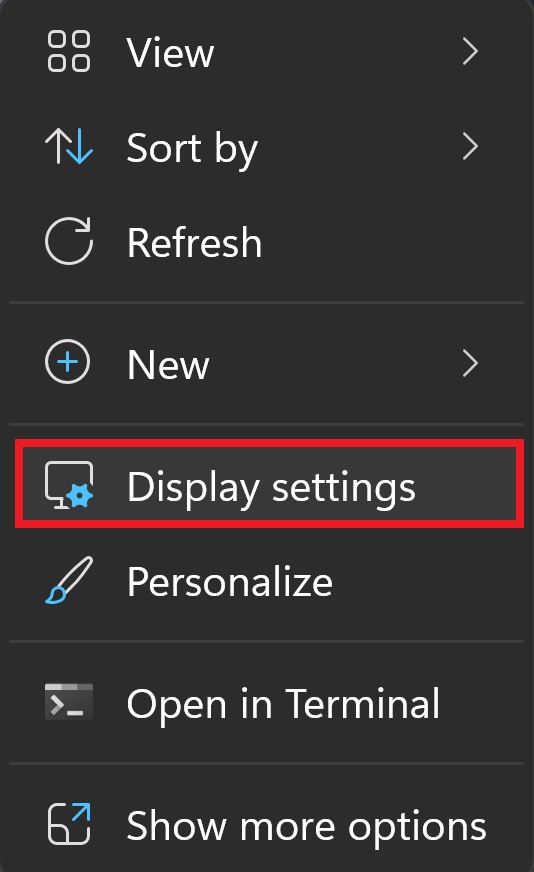
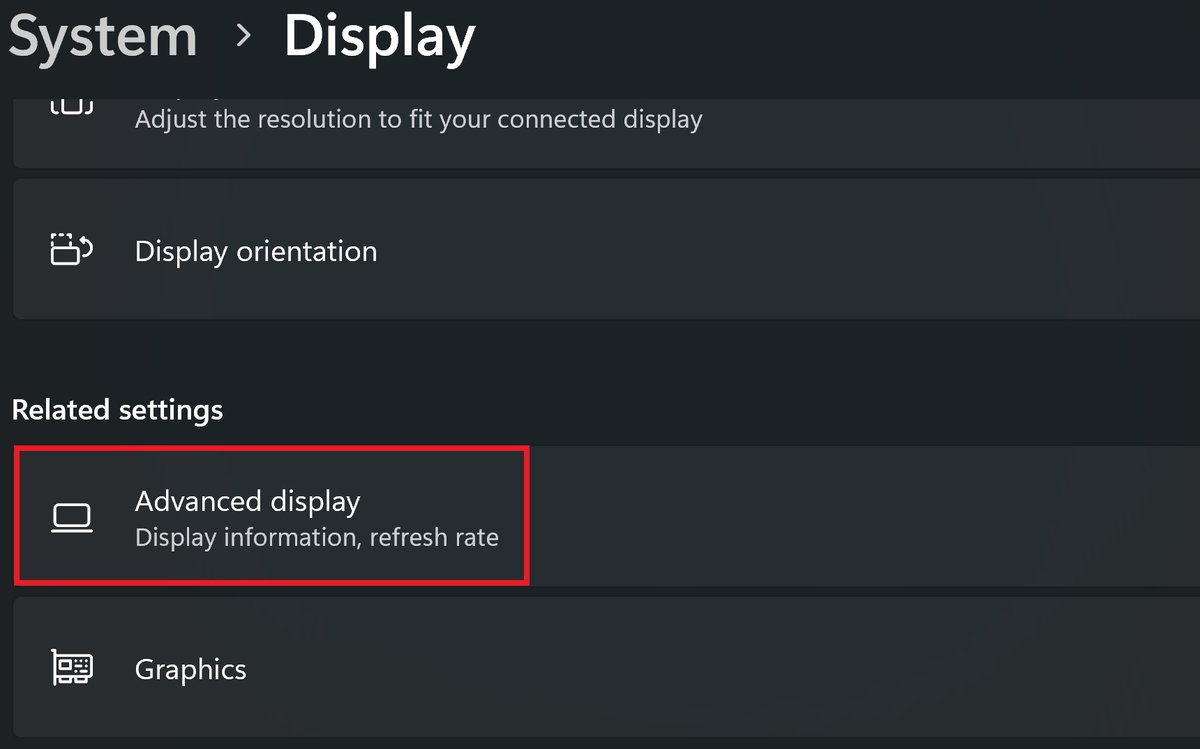
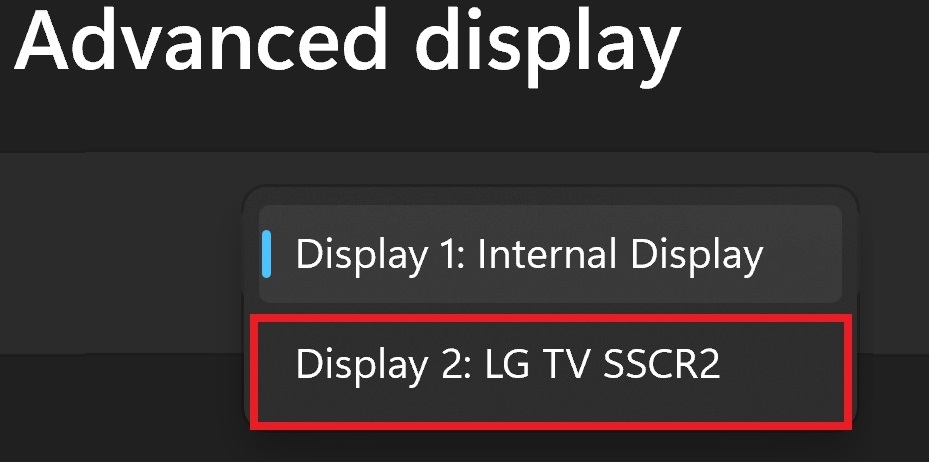
Here, you can find the Choose a refresh rate option, which shows the maximum refresh rate your TV supports.
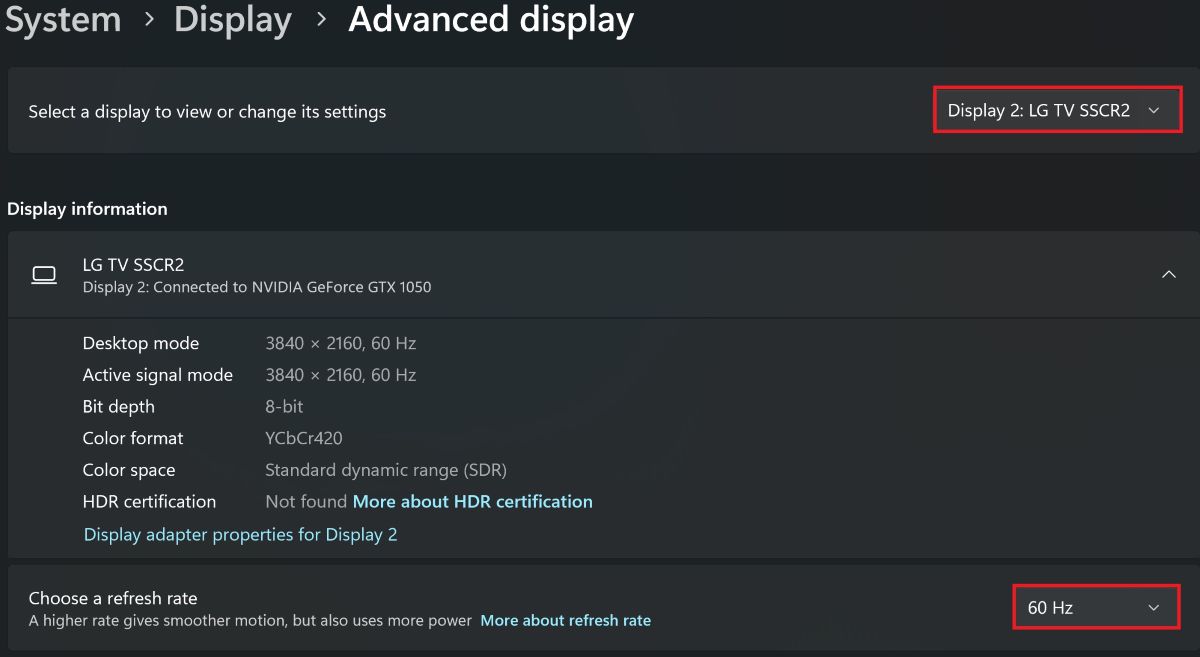
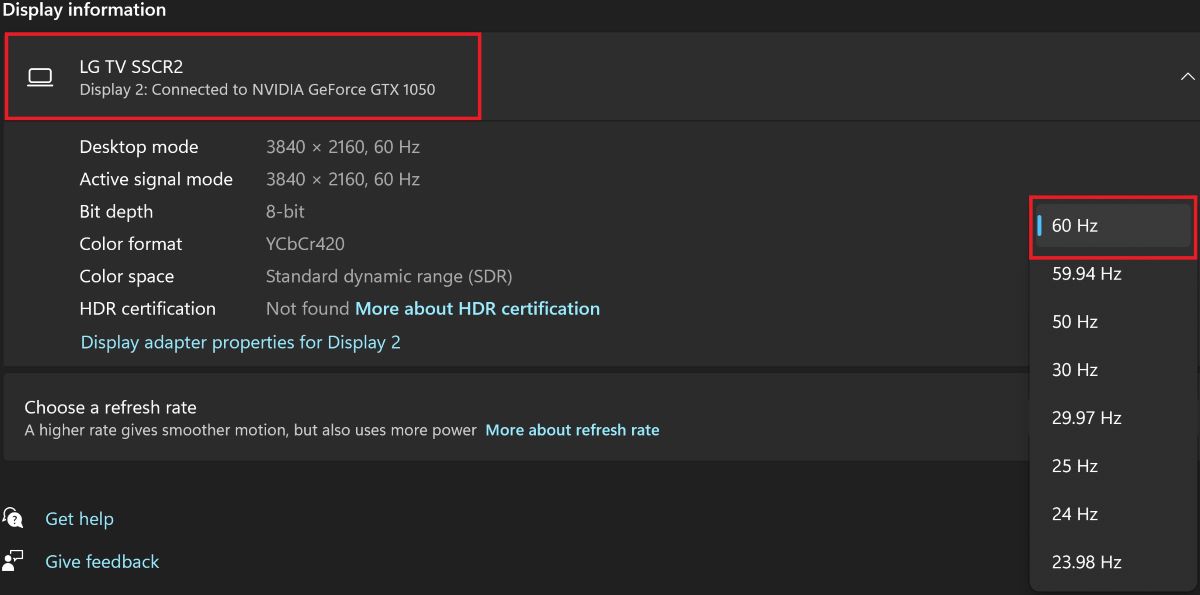
In my test with the LG 43UP7550PTC TV, it supported a maximum refresh rate of 60 Hz. This was further confirmed by a gaming test using MSI Afterburner for real-time FPS monitoring.

Below are the images from the tests conducted with my Sony and Samsung TVs using the same method.
As you can see, this Sony TV supports a maximum refresh rate of 60 Hz.
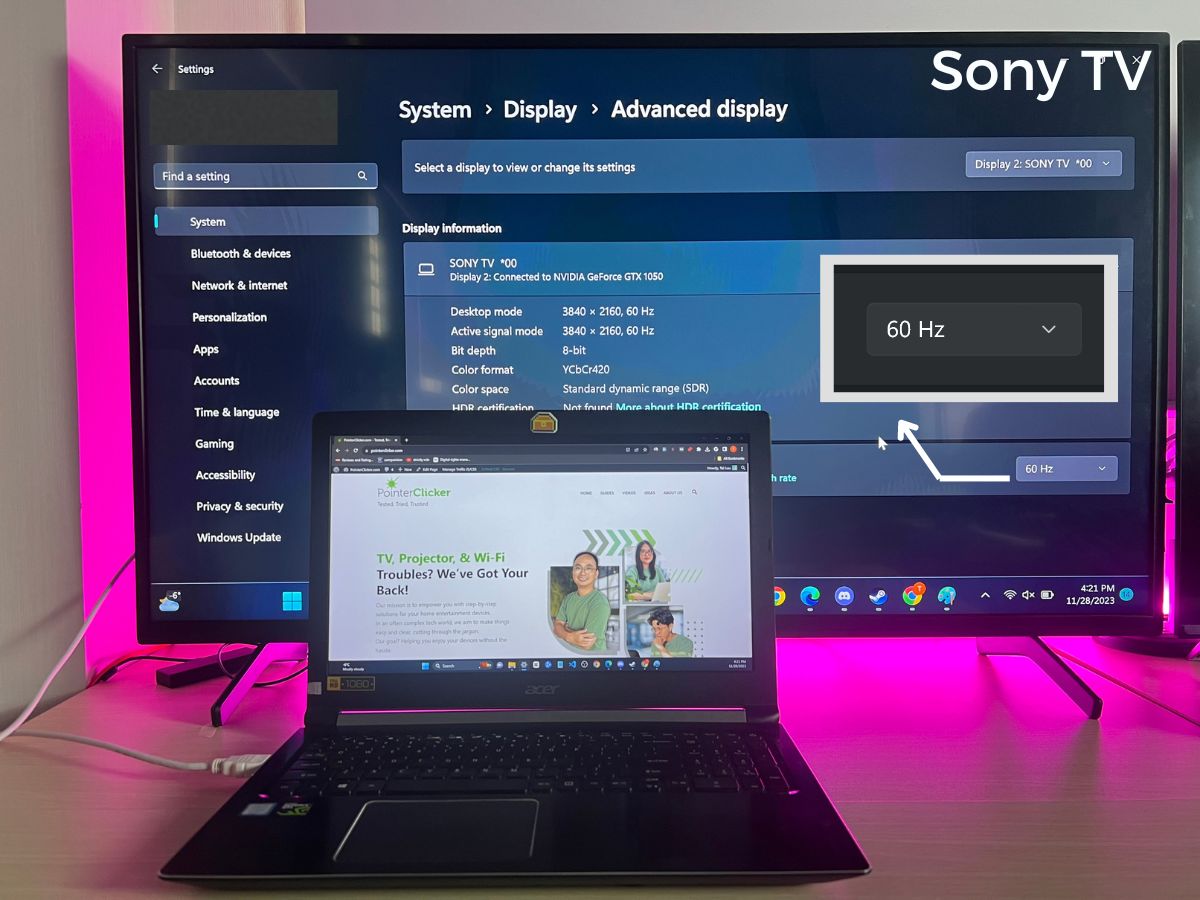
The Samsung TV also supports a maximum refresh rate of 60 Hz.
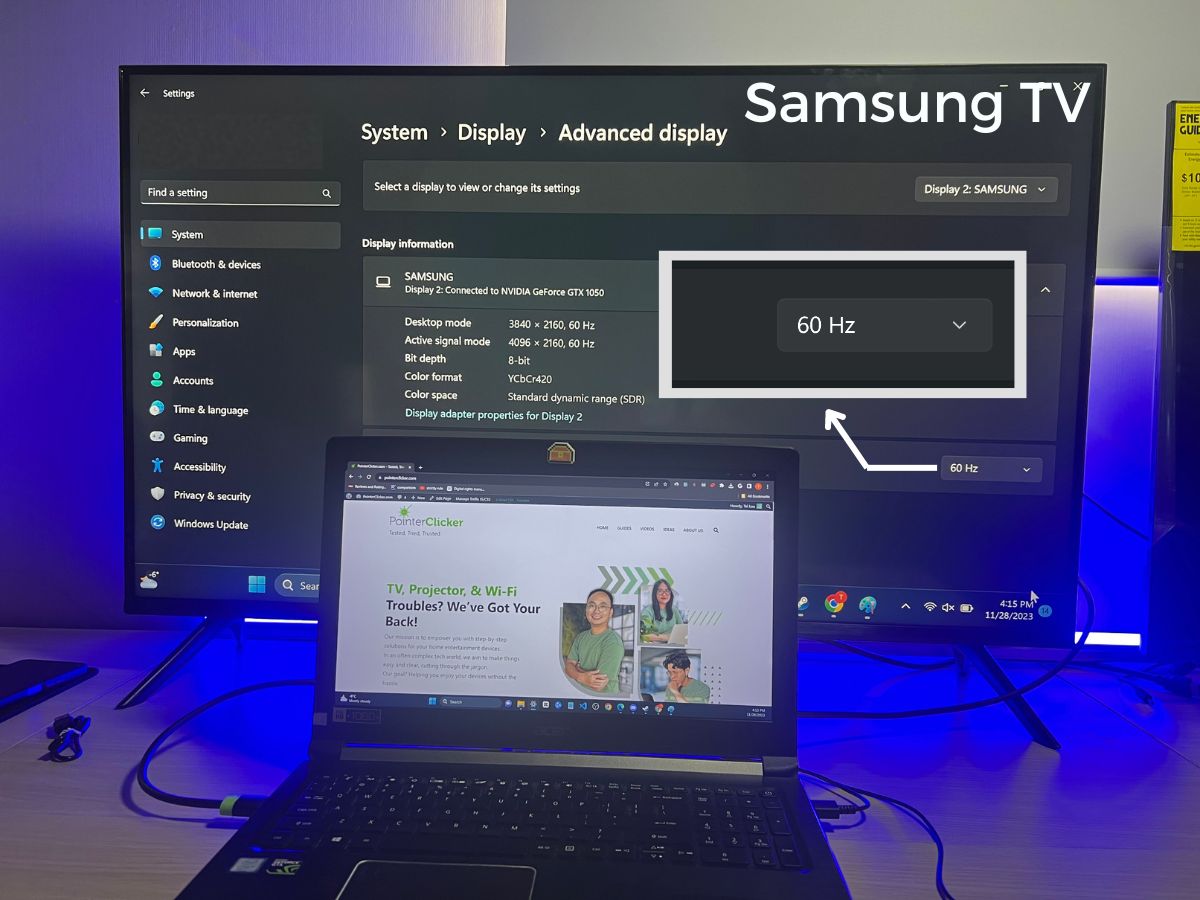
For MacBook Users
Step 1: Use an HDMI cable to connect your MacBook to the TV.
Step 2: Click on the Apple menu, and select System Preferences → Displays.
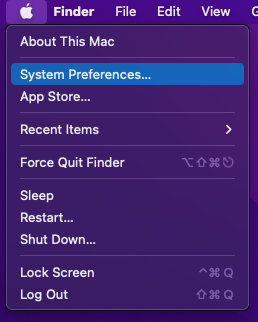
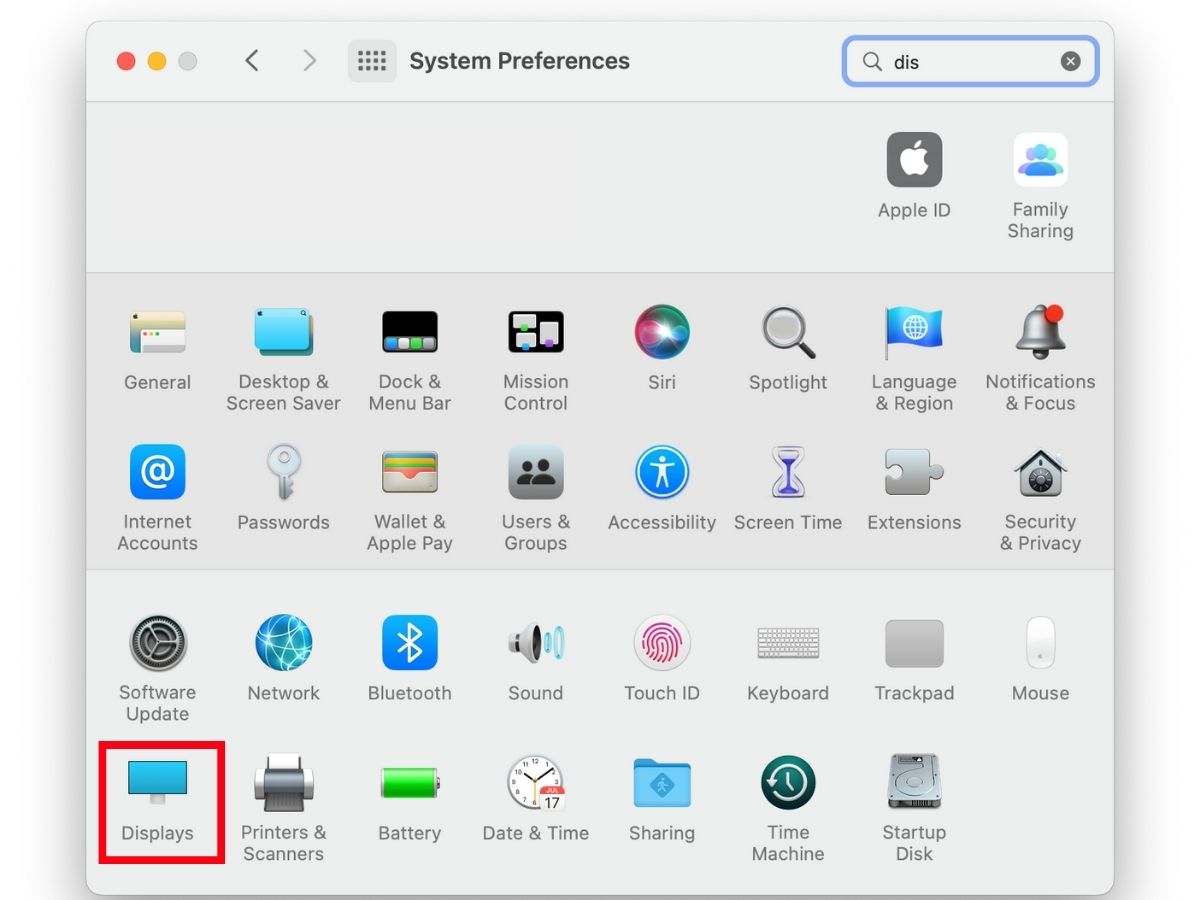
Choose your TV display on the next screen to view available refresh rate options.

In my demonstration on the LG TV, the maximum refresh rate supported was 60Hz.
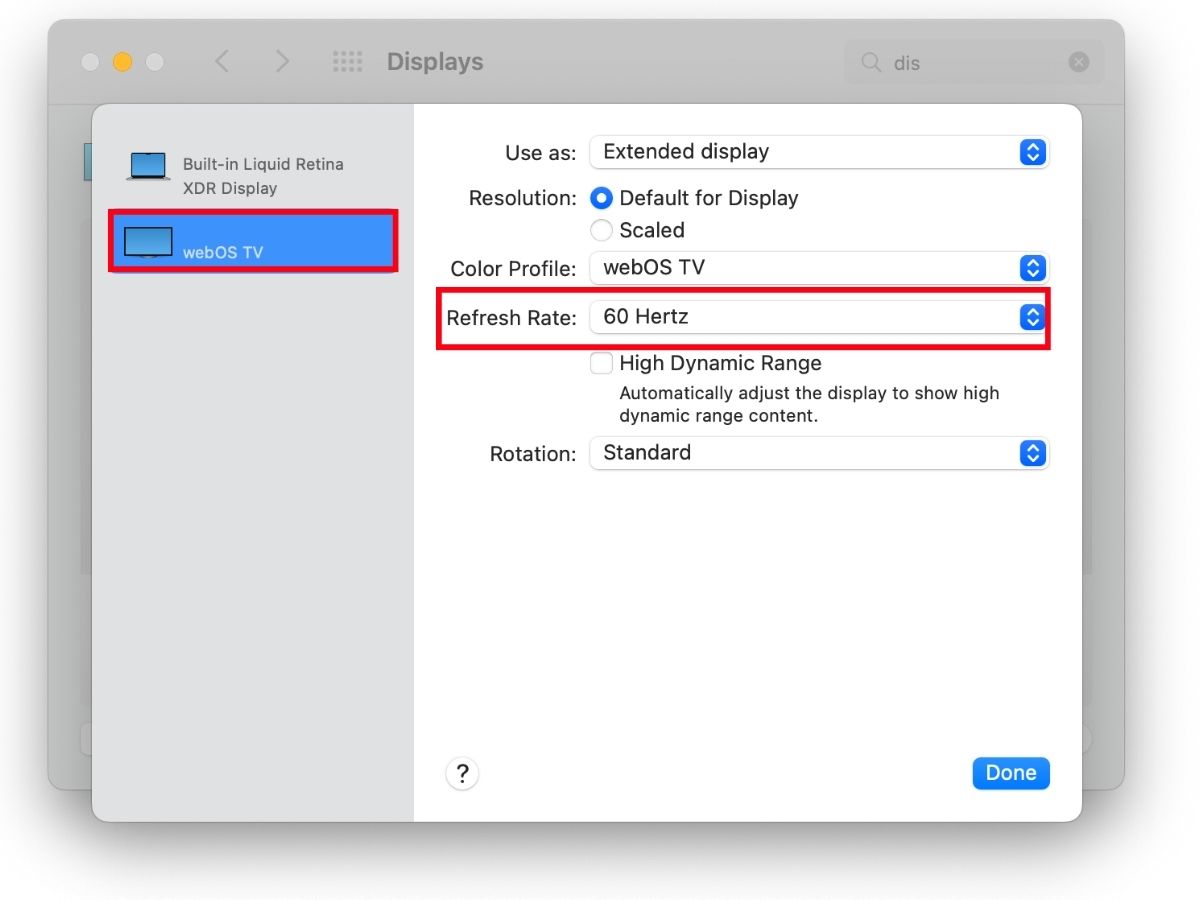
2. Check the TV’s Specifications
The quickest method to determine your TV’s refresh rate is by consulting the product manual or the manufacturer’s website, where they typically list all specifications, including the refresh rate.
However, locating this information for some TVs can be challenging as availability often varies by brand.
Our research has shown that certain brands generally provide more accessible specifications.
Nonetheless, you’ll need to know your specific TV model to find the exact details, and it’s important to note that not all models have their specs available online.
LG TV
For LG TVs, follow these steps:
Step 1: Visit LG’s official website by navigating to https://www.lg.com/sg/tvs-soundbars/.
Step 2: Use the Search Function. Click on the search icon located on the right side of the page. Enter the model number of your TV.
![]()
For this demonstration, I’m using the LG model 43UP7550PTC.
Step 3: Access the model details. Once you find your TV model, click on Learn More to go to its detailed page.
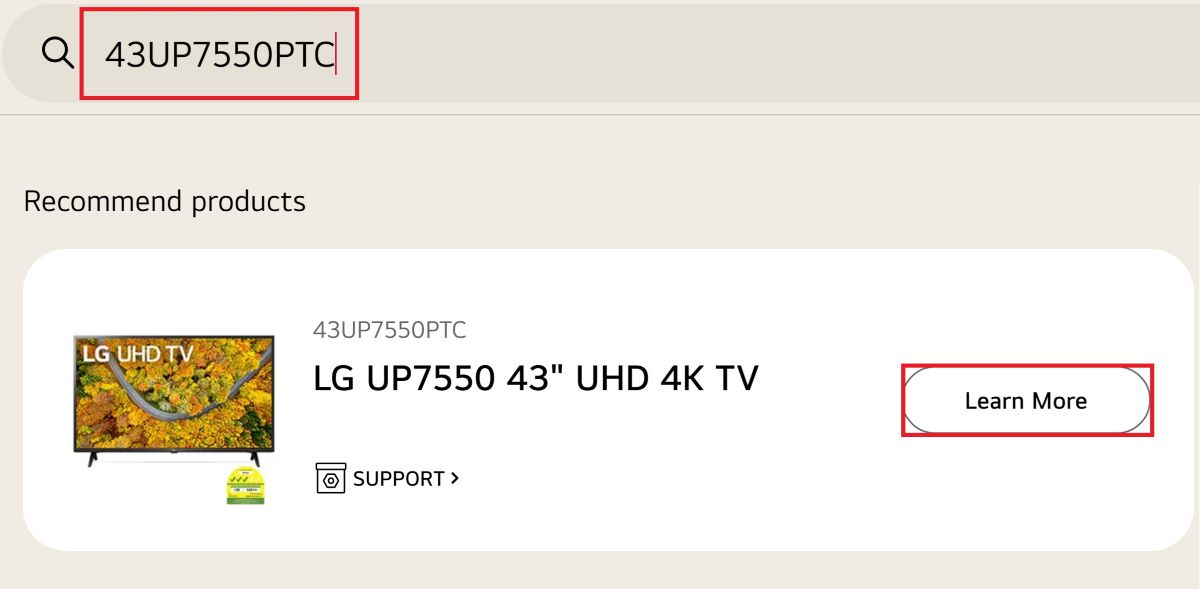
Choose the size of your TV, and then scroll down to the Key Specs section where you’ll find the refresh rate.
For the 43UP7550PTC model, it’s 60Hz Native.
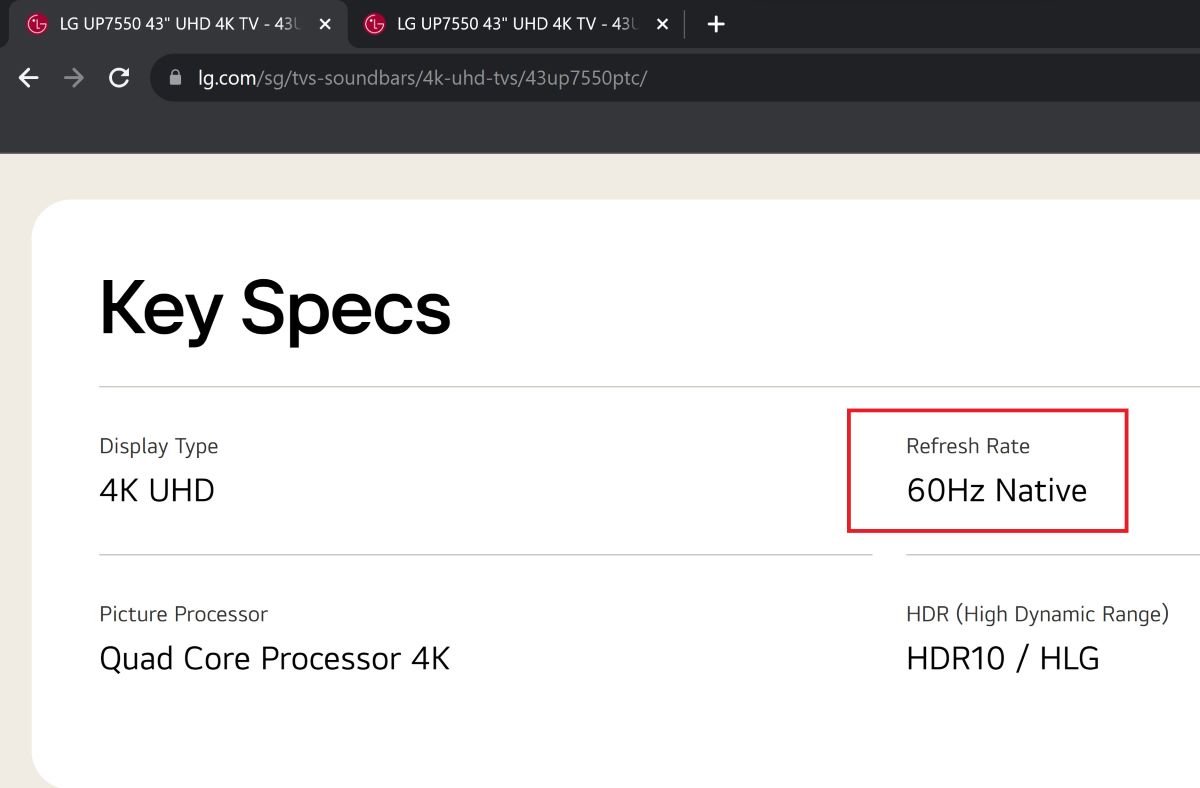
Sony TV
Step 1: Start at Sony’s website. First, try to locate your model on Sony’s official website. If you don’t find it there, as was the case in my experience, don’t worry.
Step 2: Use Google for more results. Proceed to search for your TV model on Google. This approach often yields direct links to specific product pages or specifications.
In my demonstration, I’m using the Sony TV model KD-43X75K.
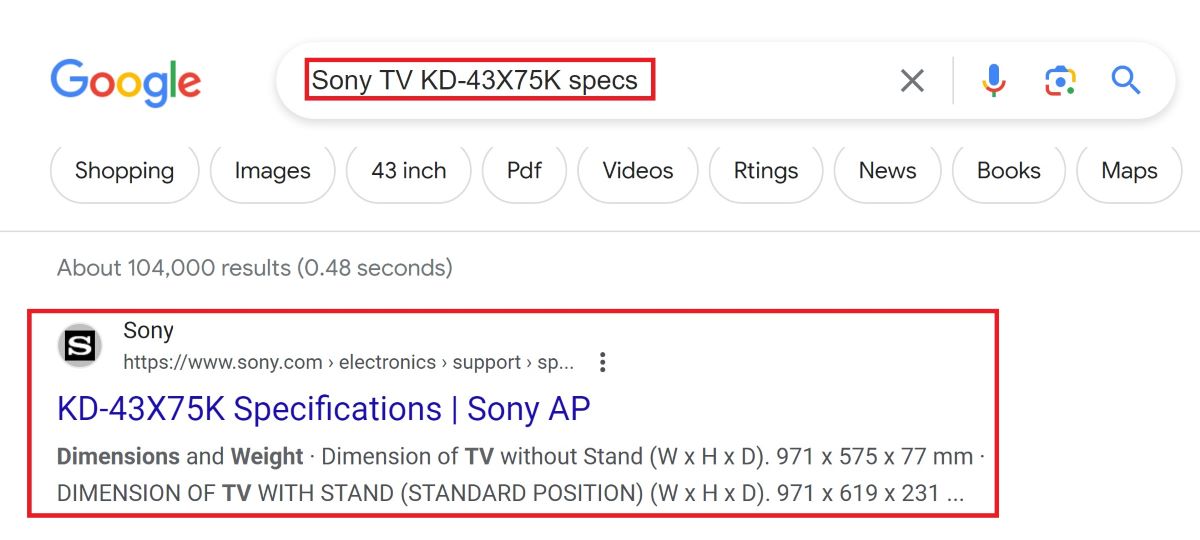
Step 3: Once you find a relevant link, typically it will lead you to Sony’s specifications page for your model.
Here, scroll down to find comprehensive details about your TV. This includes information on the maximum resolution and the supported refresh rate, which are key to understanding your TV’s display capabilities.

3. Check If Your TV Has an HDMI 2.1 Port
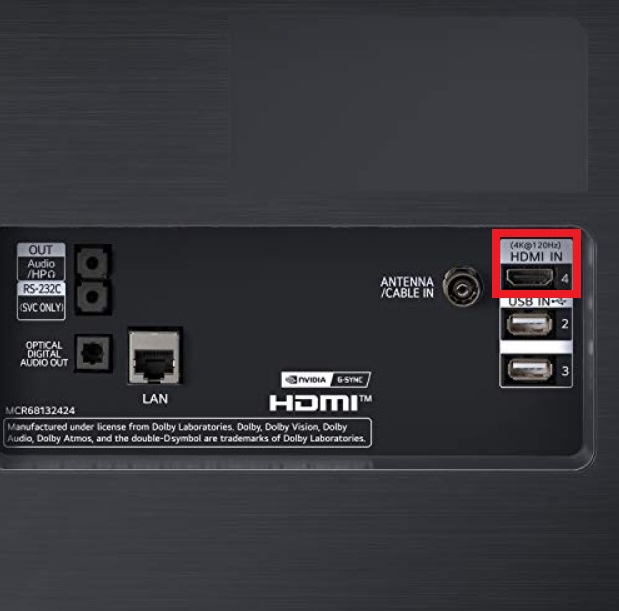
One of the telltale signs of a high-refresh-rate TV is the presence of an HDMI 2.1 port, a feature usually found in more advanced, high-end TV models.
HDMI 2.1 is the newest evolution in the HDMI standard, and it’s known for supporting higher video resolutions and faster refresh rates.
Specifically, a label like ‘4K@120Hz‘ suggests that the TV can handle a refresh rate of 120Hz when outputting at a 4K resolution.
While the presence of an HDMI 2.1 port is a good indicator of a TV’s capabilities, it’s also important to check your other devices, like gaming consoles or Blu-ray players, to ensure they are HDMI 2.1 compatible. This ensures that you can fully utilize the high-refresh-rate features of your TV.
Conclusion
Understanding your TV’s refresh rate is key to maximizing your viewing experience, and this guide has provided three effective methods to easily determine it.
Whether through a direct HDMI connection, consulting product specifications or checking for an HDMI 2.1 port, these approaches offer reliable ways to uncover your TV’s capabilities.
Armed with this knowledge, you can now enjoy your LG, Sony, or Samsung TV to its fullest potential, ensuring the best possible picture quality for your entertainment needs.
Tai “Ty” Luu, an Electronics Engineering graduate from Sheridan College, is a passionate technical editor with a deep love for technology and gaming. He constantly seeks new challenges to expand his expertise in the tech and gaming fields.

